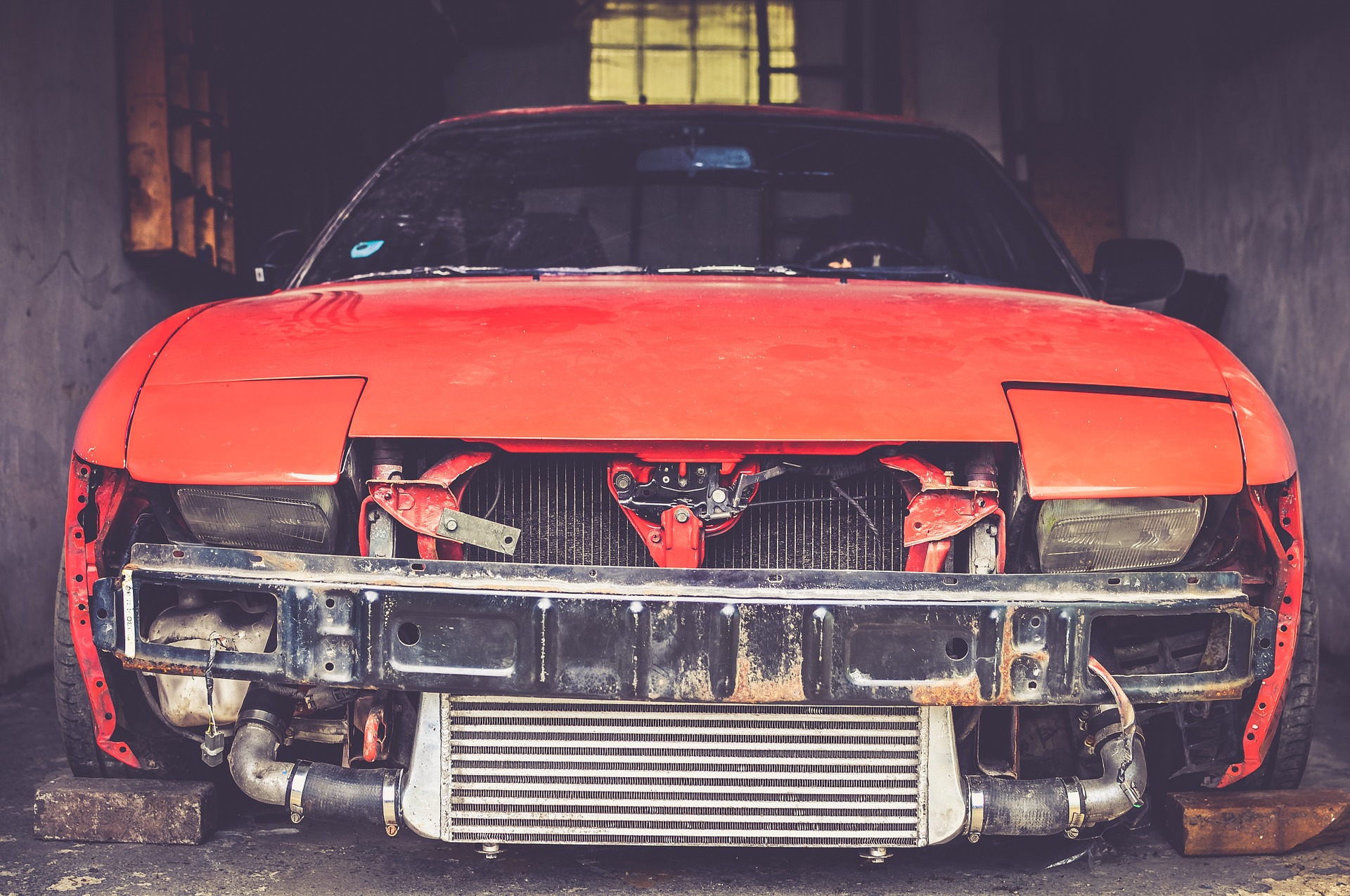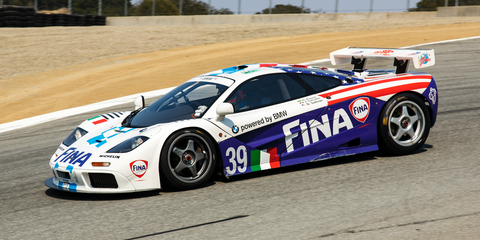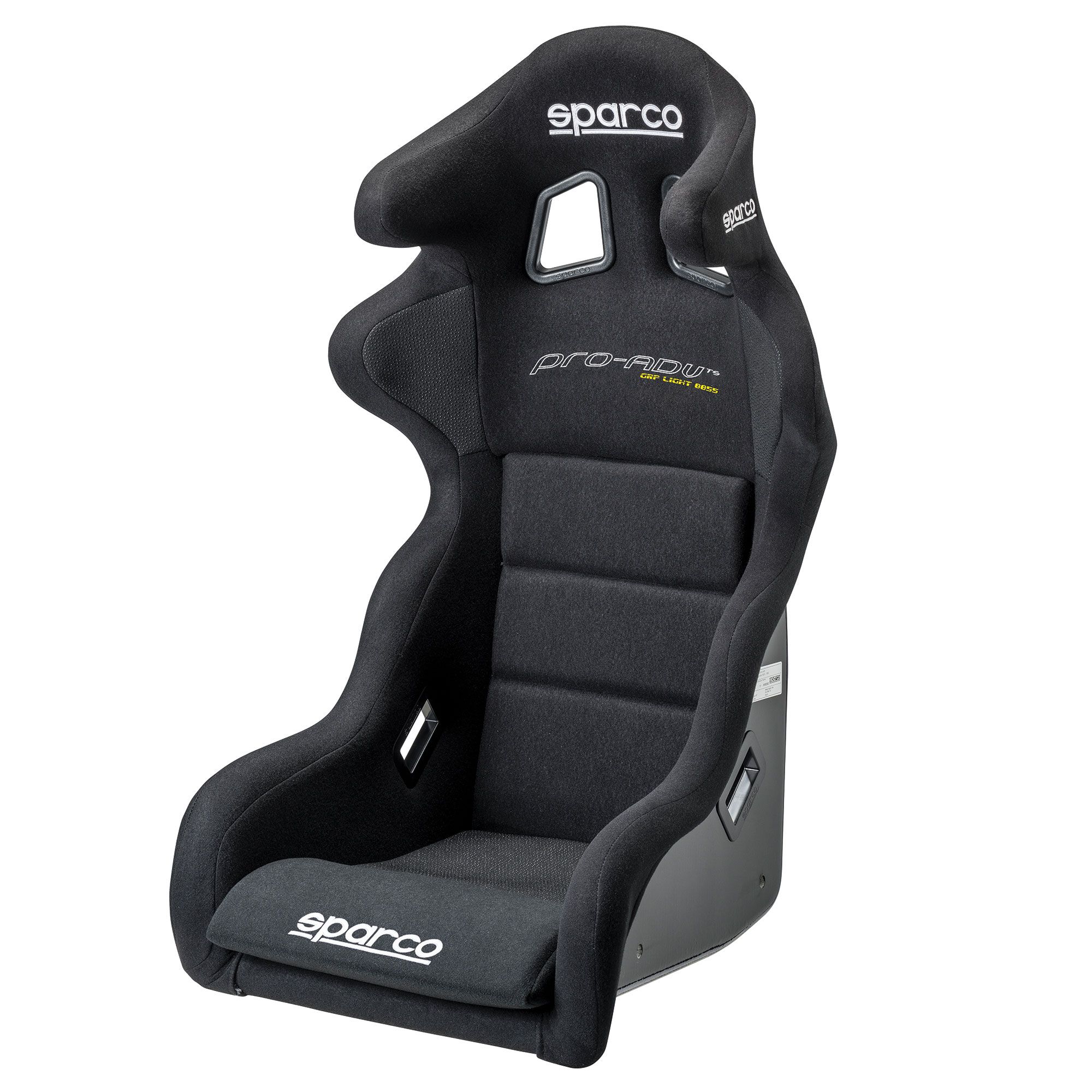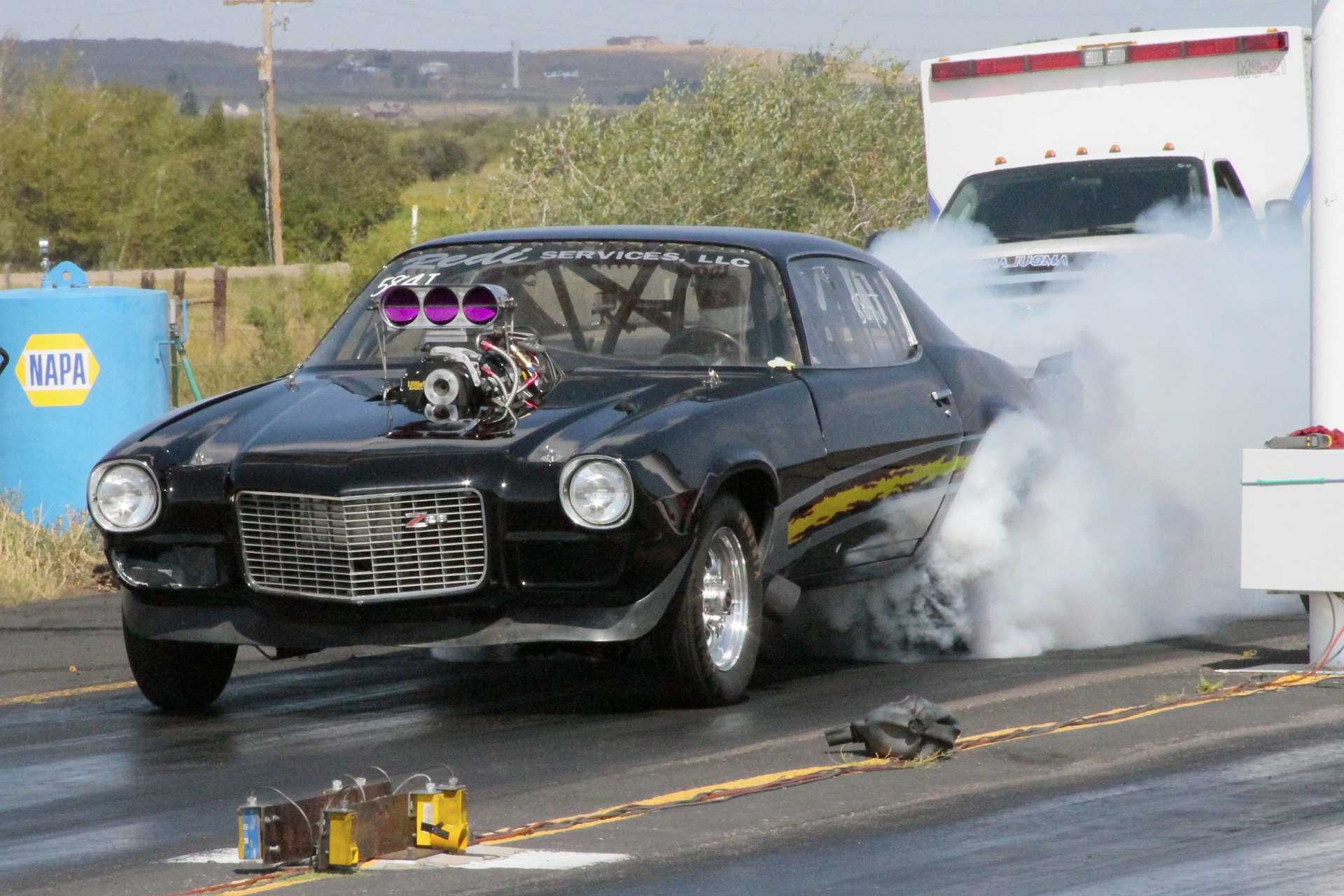Do race cars have horns?

This begs the bigger question: What use would a car horn on a race car have? No one’s going to let you pass when you honk your horn and there are no inattentive pedestrians suddenly walking into your path when you zoom by.
Race cars don’t have horns because it isn’t needed on the track. In fact, a lot of what is in our daily driven cars are taken out of race cars. The horn system, on the race track, is an unnecessary component that only adds to the over-all weight of the race car.
This is weight that should be taken out to shave off a few extra unwanted seconds on the tarmac. Not only that, the air-conditioning, extra seats, sound system and even the windows and windshield are removed to make the car lighter.
So no, if it isn’t needed, it’s gone. You can put that Hella 011225802 Black 77mm 12V Horn Kit back in its box and install it in another car in the future.
- Hella's ultra-reliable disc horns look and sound like nothing else on the road. These horns guarantee your highest safety and the attention needed in critical situations.
- Disc horns are for drivers looking for a horn that combines a good price-performance ratio and high quality.
So what other things, aside from the horns, are removed from a race car? Here’s a list:
Air-conditioning system

For some, driving a car without air-conditioning is unthinkable. The total weight of an air conditioning system including the condenser, tubes, Freon system and vents total to more than 60 pounds. That’s too much weight. That easily adds 2 seconds to your over-all weight.
Needless to say, it’s going to be really hot inside a race car and that’s why race car drivers are equipped with camel back systems for hydration purposes. Next time you’re out on the track, make sure you bring along the CamelBak Stealth 70 oz Hydration Pack 76000.
To reduce the risk of overheating while driving around the track, you could wear this Rechargeable Portable Hanging Neck Sports Fan to keep yourself cool.
Bumpers

Bumpers nowadays are made of lighter materials than the older all-metal counterparts from days gone by. They still add on unwanted weight though. These need to be shaved, frenched or totally removed to make the car lighter.
To improve the race car’s appearance, bumpers are usually incorporated into the body kit which replaces the entire race car’s body.
Body

An extreme makeover for race cars is the replacement of the entire body to a one piece fiberglass body kit. Because it is made of light materials, the speed the race car gets out of it is double than that of a regular car body.
Windows

You won’t need windows that go up and down on a race car. A closer look at a typical race car reveals clip on windows that can easily be removed by unscrewing 2 bolts. These are also designed to breakaway in case of emergencies.
A daily driven car’s windows have mechanisms for rolling them up or down. A race car’s windows just needs clips to fasten them to the door. Sometimes, they don’t even exist on a race car. But that would probably wreak havoc on the car’s aerodynamic qualities. So windows, they’re out.
Windshield

A daily driven car’s windshield is designed to withstand the abuse it gets from the elements, bugs, the wind. Replacing the glass with plexi-glass makes it super-light without sacrificing the benefits one gets from having a fully functional windshield.
Body panels
A daily driven car has metal panels. A race car has all these panels taken out and replaced with lightweight fiberglass pieces. This does a number of things: it reduces the weight of the vehicle, makes it easy for damaged panels to be replaced, increases the aerodynamic qualities of the race car and last but not least, allows for customizability in terms of shape, size and look.
Doors
You don’t need fully functional doors. Most race car drivers just slide in through the window space to get inside. Formula 1 cars don’t even have doors. This is a car that’s made to go fast and not really make any considerations for easy ingress and egress.
Race cars aren’t made with comfort in mind.
Seats

You only need one seat inside a race car.
Yours. The driver’s seat.
This isn’t a road trip for everyone to tag along with. Plus, the extra weight your friends add to the vehicle is going to wreak havoc on your maneuverability around corners and on the straight away.
So passenger seats? Those are out.
And you also need your seat replaced with a lightweight, titanium-grade, highly durable one to withstand the G-forces generated on the race track. Get a Sparco 00959CRMSKYNR Seat for your racing comfort and a 4 Point Harness with 2 inch padding and EZ buckle technology from Aces for added safety.
Hood

A car’s hood does two things: protect the engine bay from the elements and make sure car thieves can’t steal essential items that can be resold in shady car shops. Things like the batteries, carburettor, radiator and add-on performance parts are extremely attractive to these people. But you won’t need that extra protection on the track.
Some race cars opt to do away with the hood entirely while others simply put on a fiberglass replacement that can easily be replaced if it gets warped, scratched or damaged beyond repair.
Sound system
A true racer only needs the sound of his engine to keep himself entertained. An extremely advanced sound system can easily weigh 30 to 50 pounds. This is weight that you don’t need if you want to go fast.
But, if you really want to have some music along with you while you speed through the course, you could get one of these Mighty Vibe Spotify and Amazon Music Players along for the ride.
Trunk space
You’re not going on a trip, so why allot space for a picnic basket, luggage, a spare wheel and tools when you won’t need it. If your race car breaks down, your pit crew will come rushing with a tow truck to bring you to the nearest pitstop and have you back up and running in seconds. So that trunk space is just dead space that needs to go with the rest of the pile.
Lights
You won’t need lights. At the very least, your turn signals are going to be removed. Same goes with your brake lights. If you really need it, headlights are going to stay on but no one really races at night and race tracks are also full equipped with bright lights for night races.
All of the things listed above are just parts that have to be removed to lighten the total vehicle weight. Other things that are put into consideration are the weights of the roll cage to protect the driver inside in case of accidental roll overs and the weight of the driver plus protective gear won. Every ounce is counted to ensure the vehicle is at its optimum weight to gain the fastest record.
That’s also the reason why you don’t see any fat race car drivers.
In place of all of these things taken out, a roll cage will be installed to protect you from getting crushed in the event that you figure into a crash that’ll flatten most of your race car’s body. You don’t have to worry though, as long as you’re strapped into your seat with the four point seatbelt and fully ensconced inside the roll cage, you’ll be fine. Make sure you wear your helmet though. And have a small fire extinguisher inside the cabin for good measure.
Related Questions:
What car horn has the least amount of weight?
Car horns are now smaller and lighter than their predecessors. The conscious effort to lighten the total vehicle weight extends to accessories like car horns. There are car horns from big manufacturers like Bosch are Empi that are designed to be lightweight without sacrificing its basic function.
What car horn can I put on my street racer?
There are many types of car horns that fit all types of street cars. These are now classified as performance parts. The only difference between performance car horns and the normal ones are the sound quality, weight and the price. Other than that, they basically look and function in the same manner.
Here are some car horns you might want to consider installing:
















